Vintage photos of the Gold Rush Legacy
Categories: History
By Pictolic https://www.pictolic.com/article/vintage-photos-of-the-gold-rush-legacy.htmlThe bitter irony of the California gold rush is that the first person to find gold in this region, James W. Marshall, died alone and without a penny in his pocket. And not far from the place of its discovery. A hundred years later, in 1948, LIFE magazine published a story about Marshall, but faced the fact that this story became national. Therefore, the project was supplemented by the descendants of those who did not give up, believed in the dream and searched for gold.
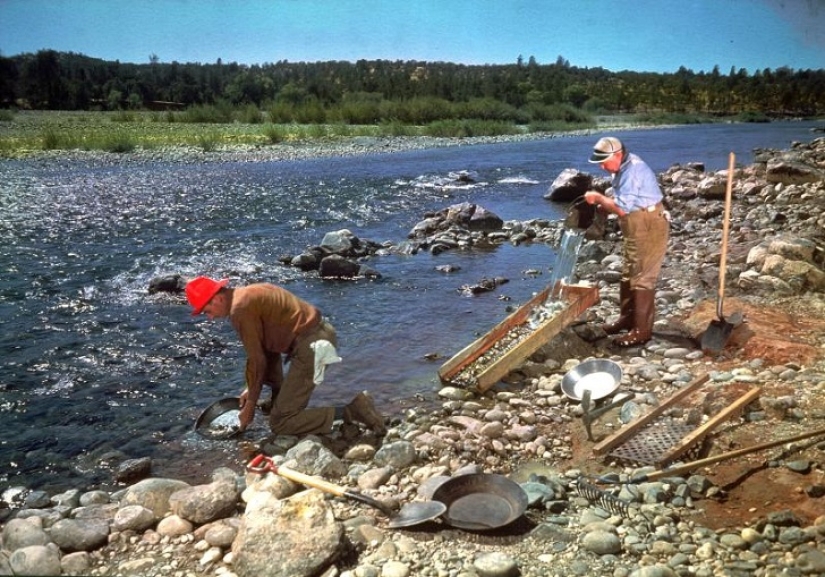
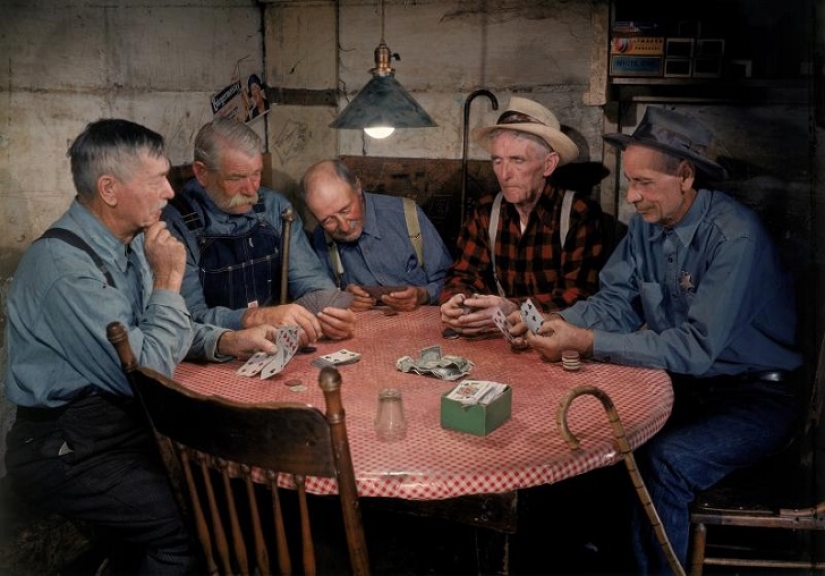
Grocery store in Vulcano. Veterans spend their time playing poker at dusk in between searching for gold.
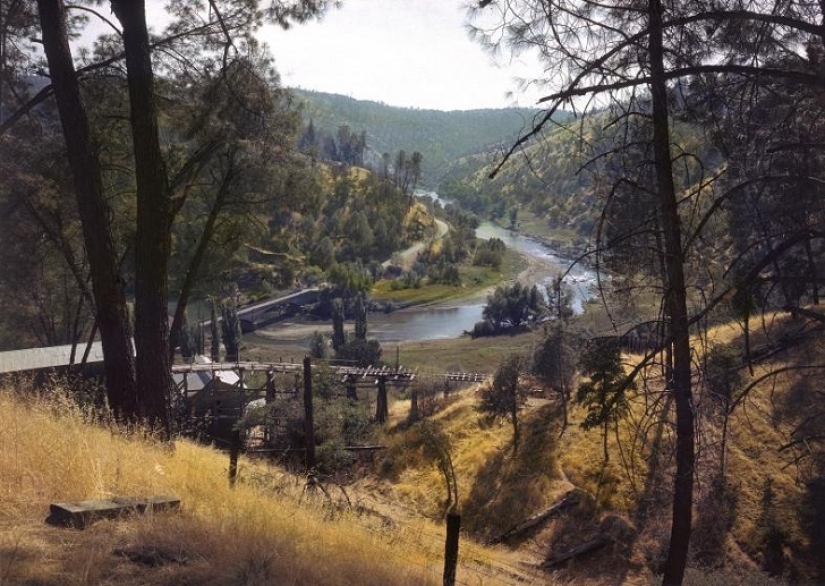
On the Stanislaus River in Melons, these structures are still standing. To the left of the bridge in 1850, an enterprising ferryman collected $10,000 in gold in six weeks.
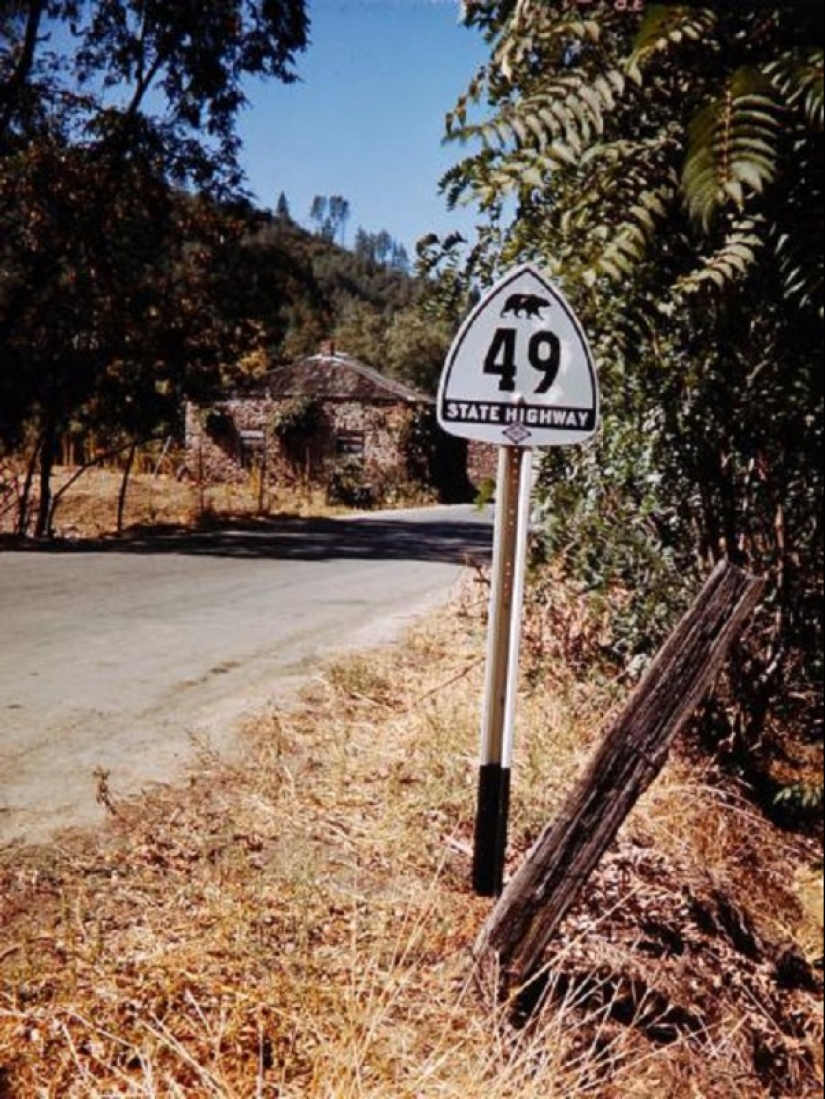
A sign on California State Route 49.
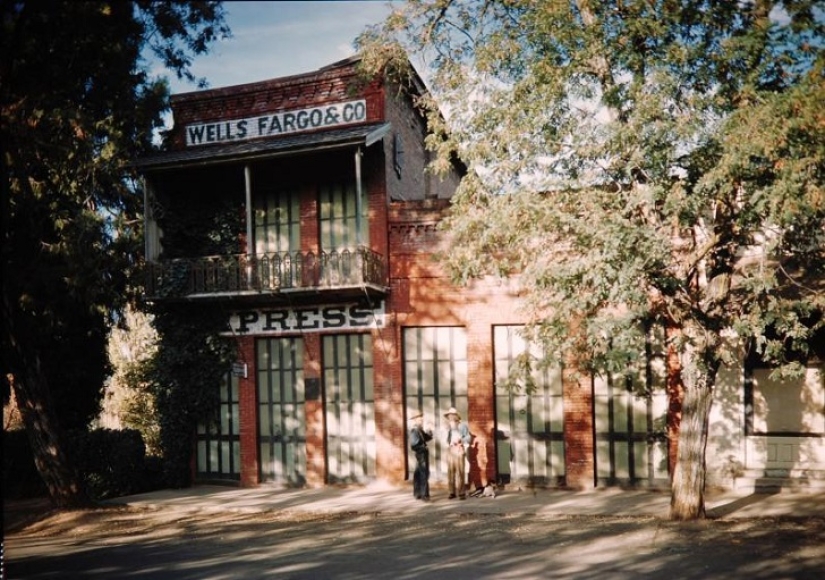
Rural California.
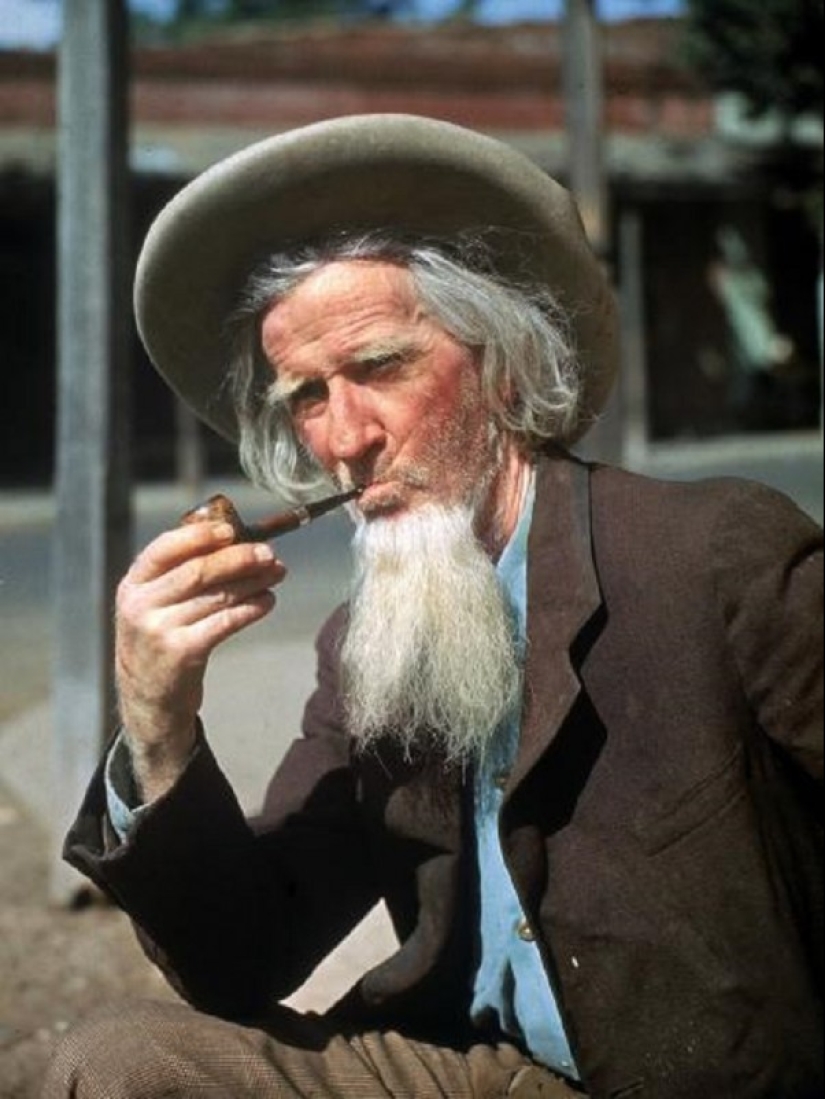
69-year-old Hubert Brady sits on a sunny Columbia street and tells tourists stories about the days of the gold rush. His father sold groceries to "forty-niners."
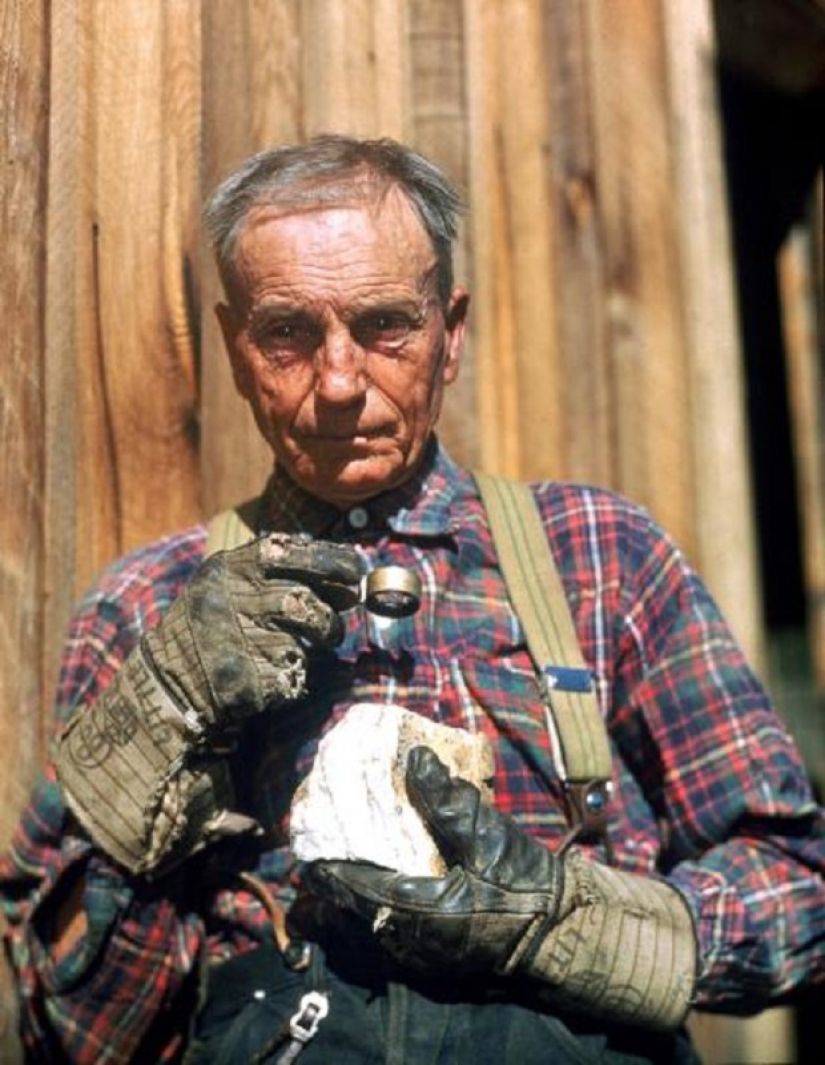
Albert Truebody, 75, is looking for gold in the silica of an already disappeared mine near the Sierra. His father traveled to the west in 1847 and earned $50,000.
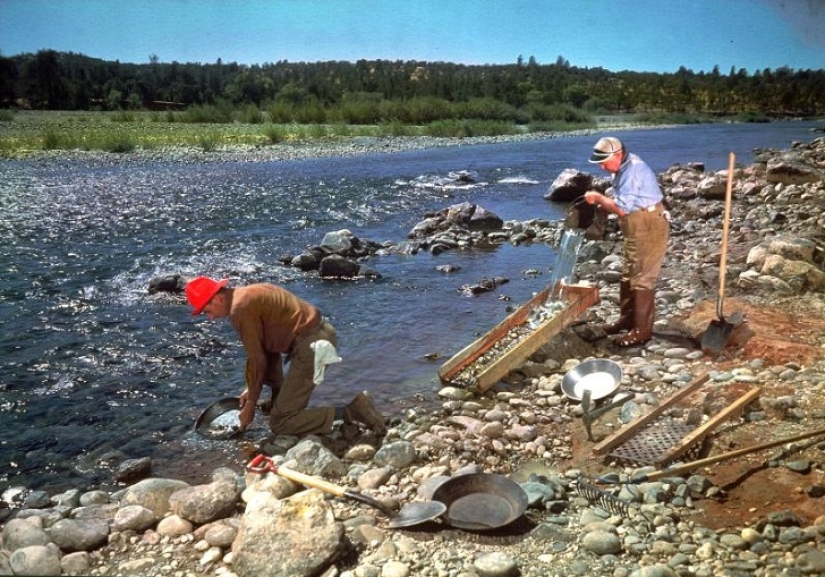
Two elderly residents of California are using a pallet and a washing trough to collect gravel at a gold mine on the Yuba River, where even after a hundred years there is still gold sand.
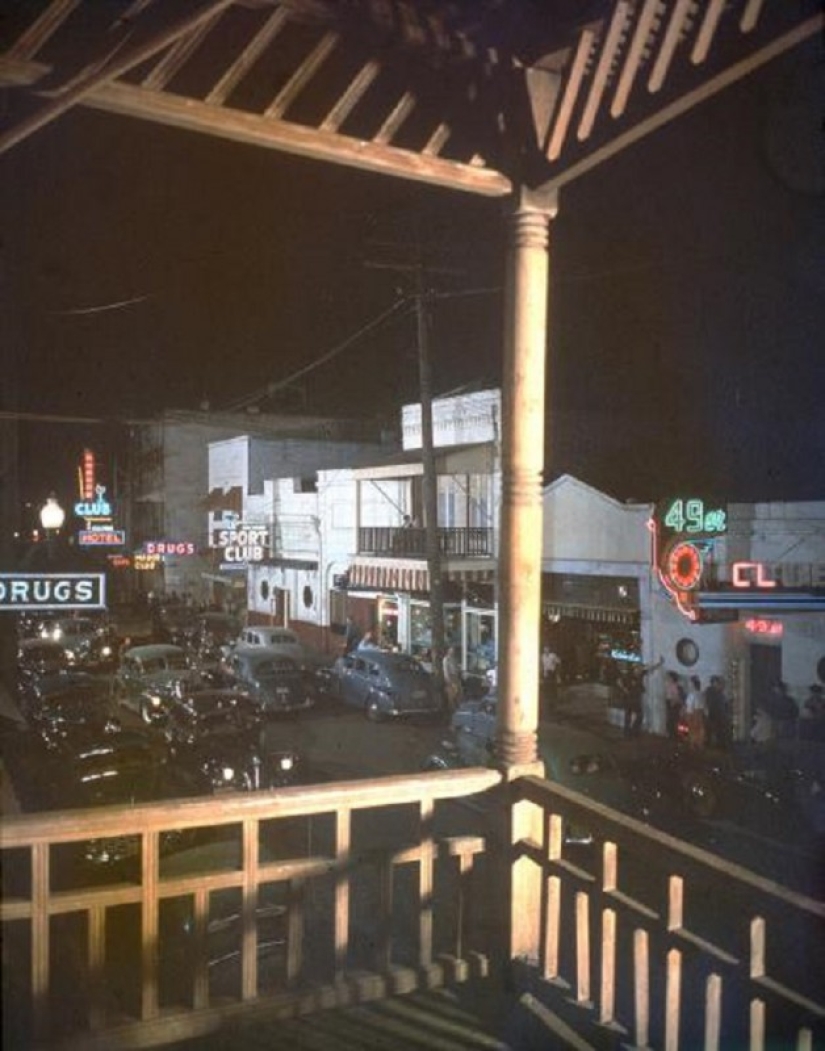
The modern "golden" city of Jackson retains the old atmosphere — for example, gold prices are low here and gambling is prohibited. In 1849, the city was called Bottileas because of the huge mountains of bottles on the streets.
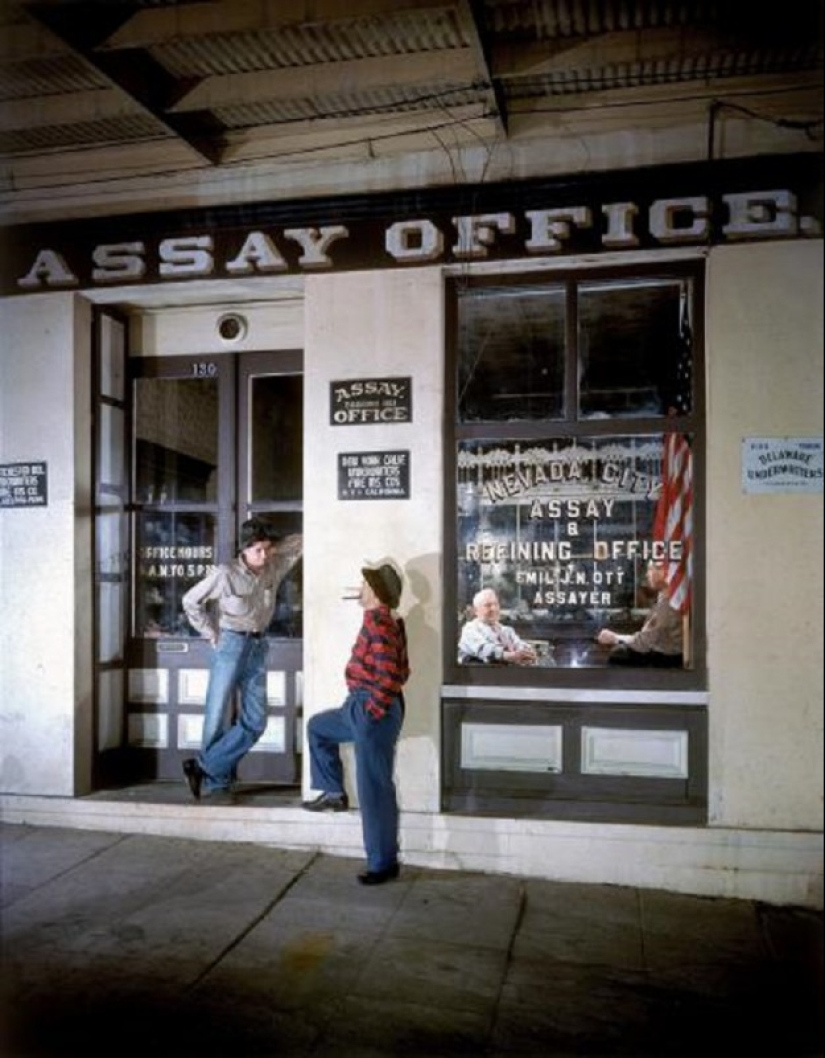
The assay office is still testing ore samples. She first tested ore from Comstock Lode in 1858. Today, the office is run by 78-year-old Emil J. N. Ott, a veteran of the gold rush.
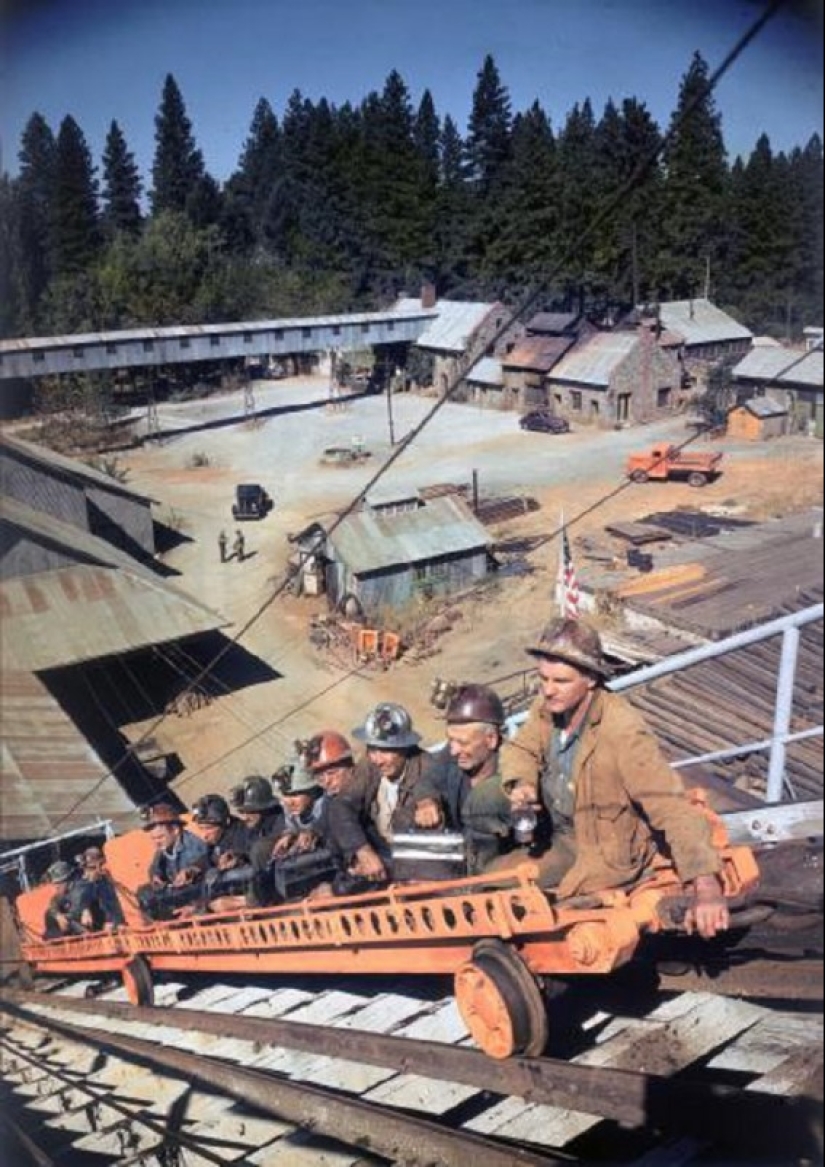
The modern gold mine is not at all the same as that of the gold miners in 1849.
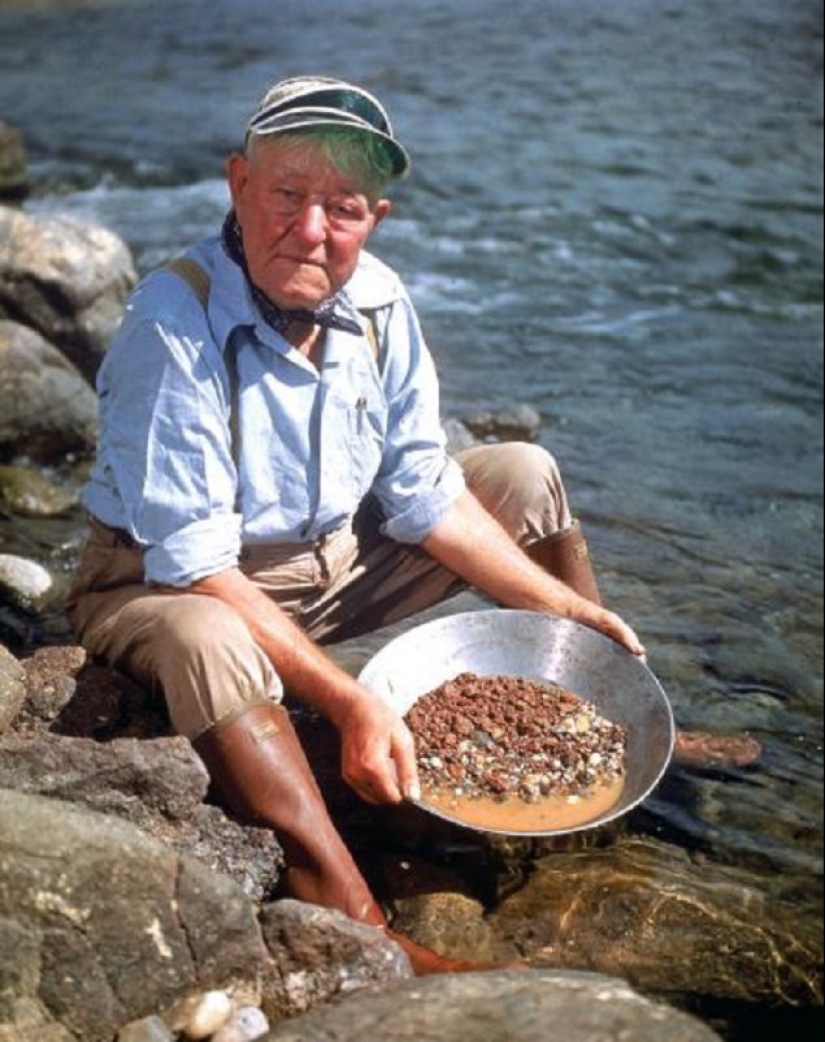
Howard Hartsell, 79, is washing gold on the riverbank to "just practice." In two months of mining in the summer, he gained $ 35 worth of gold.
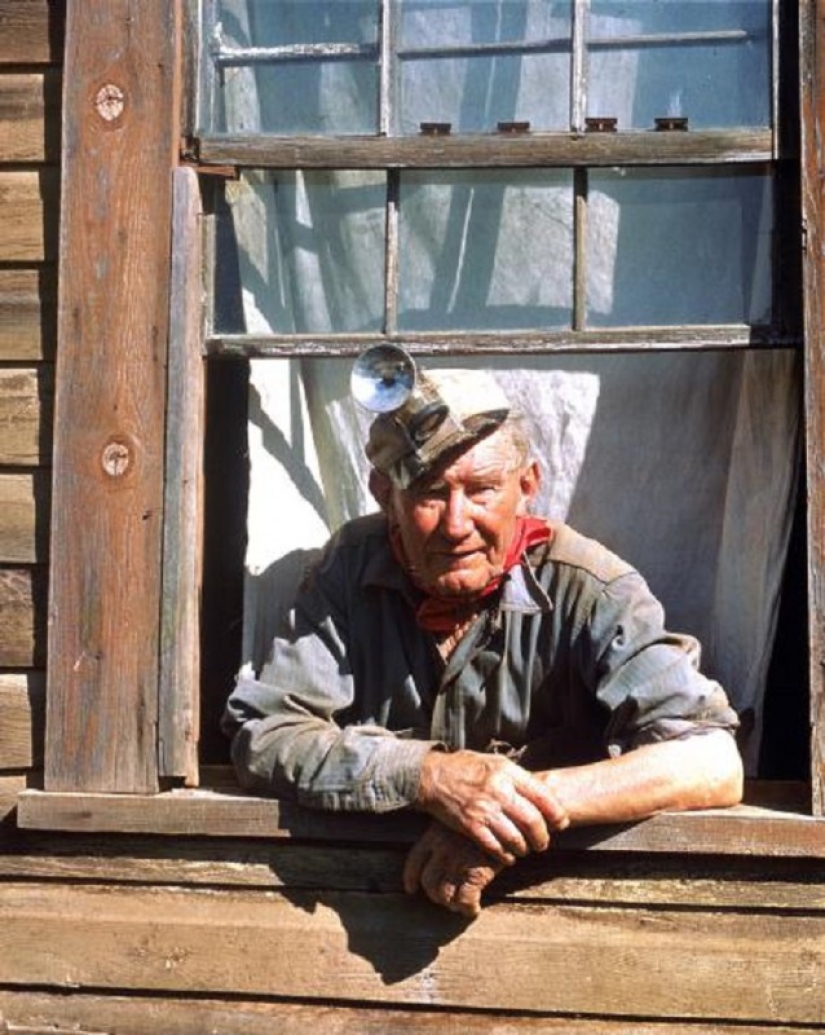
Tom Purdy, 87, is mining in a mine in Morgan, where the largest gold nuggets in U.S. history were found. In 1854, a block of 88 kilograms worth $43,534 was discovered there.
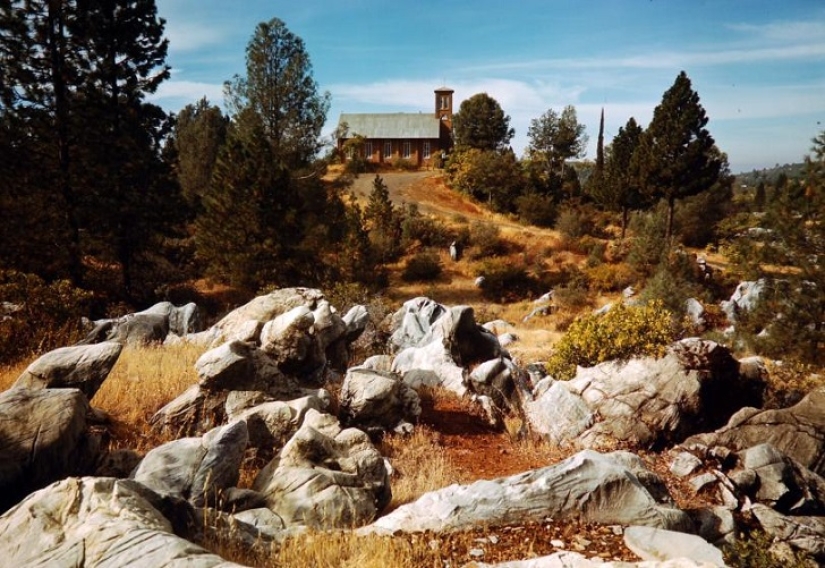
A gold mine in California.
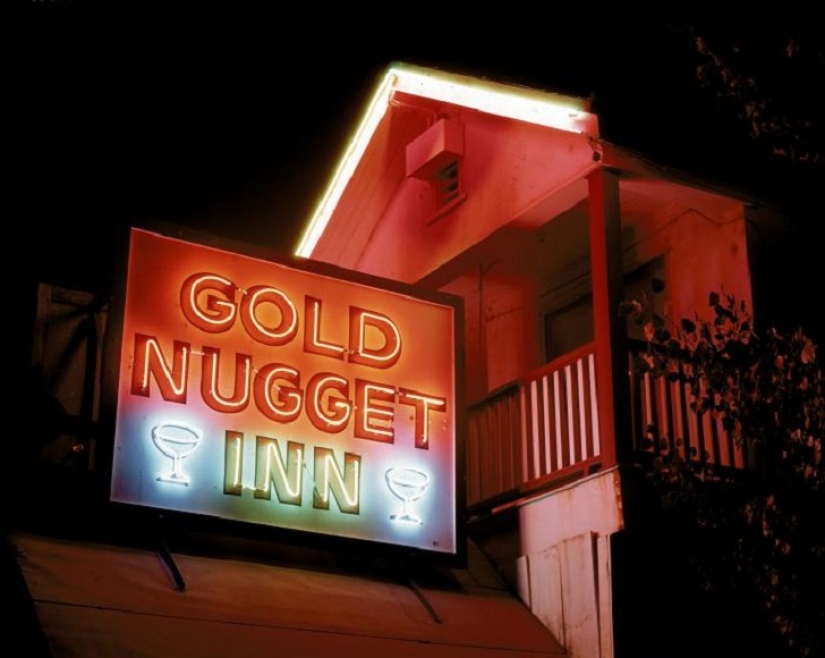
Neon sign outside a bar in Jackson, California, 1948.
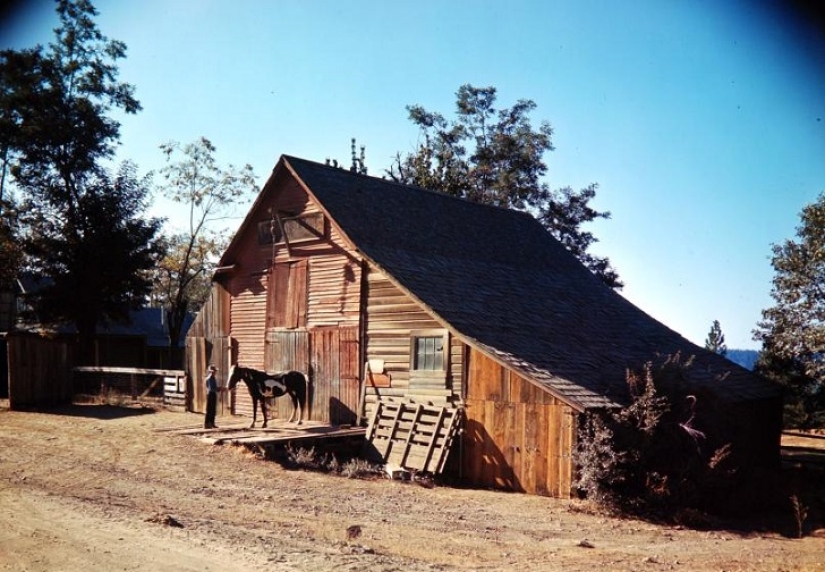
An old barn in an area with a gold mine.
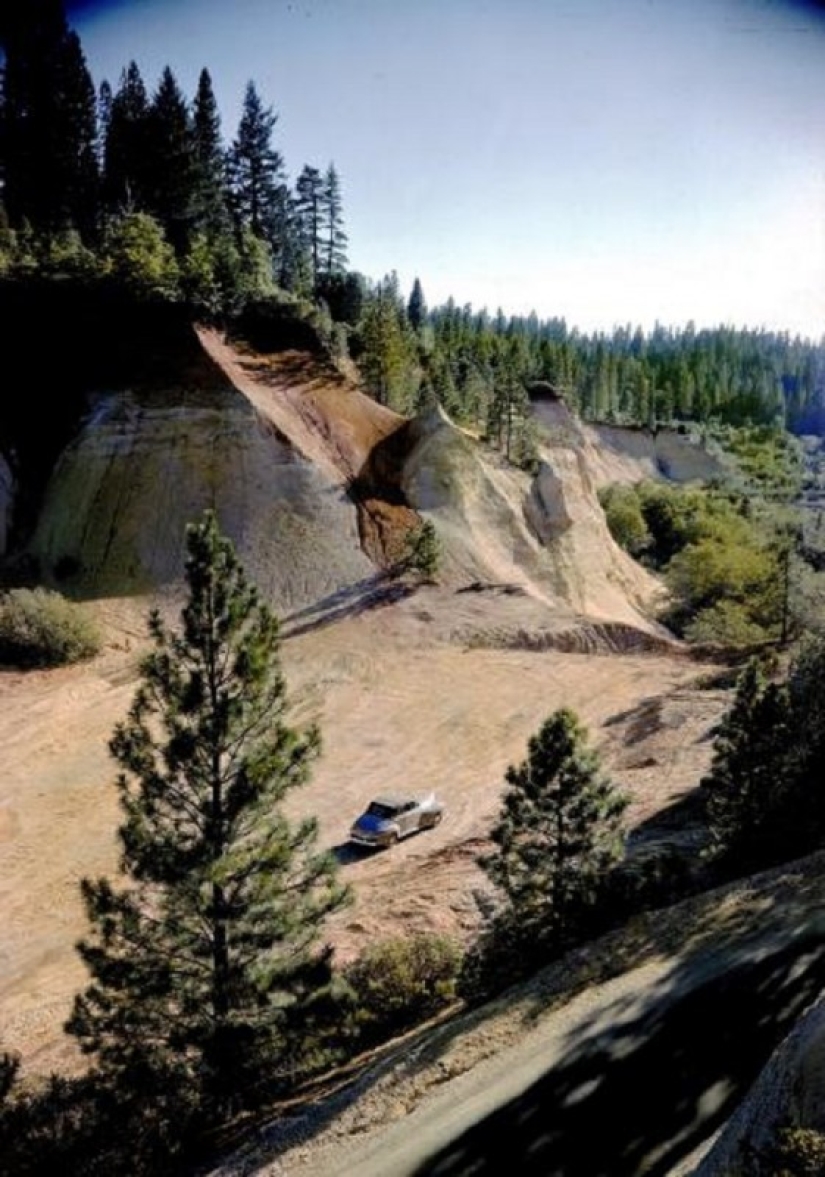
Canyons near Nevada, formed between 1860 and 1880 as a result of the washing of entire slopes by hydraulic machines.
Recent articles

Loulou de la Falaise is a woman whose life was intimately intertwined with the world of haute couture. Her name is forever etched ...

Everyone knows the names of travelers since the Great geographical discoveries. What about those who are not so lucky, who did not ...

Sharks, powerful predators of the deep sea, amaze with their size, strength and grace. Some species of sharks reach enormous sizes. ...